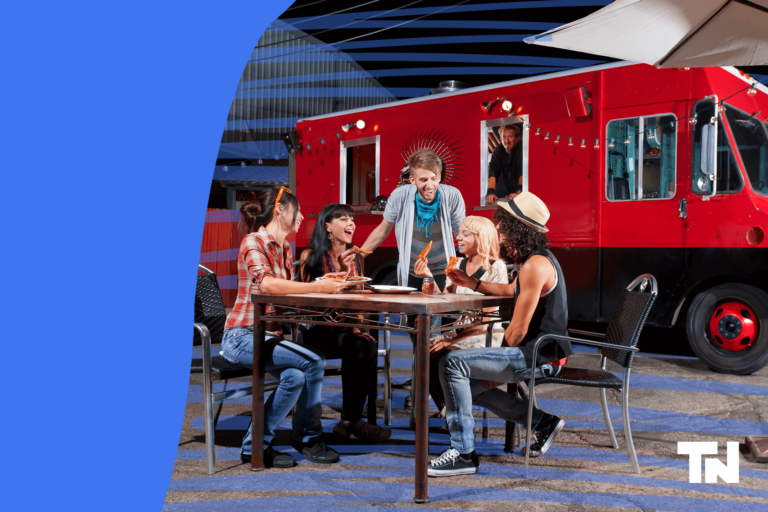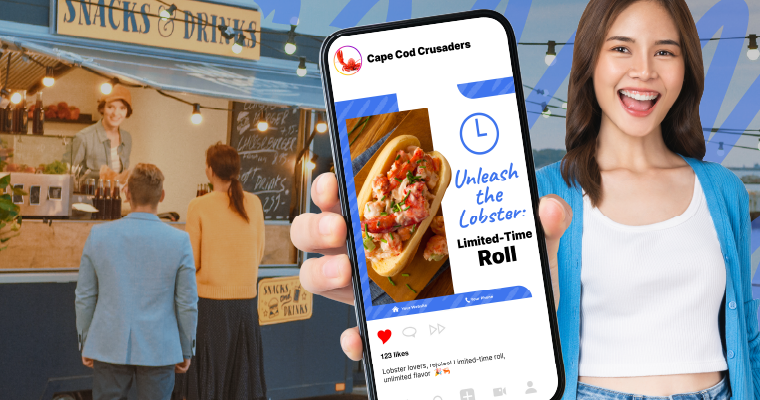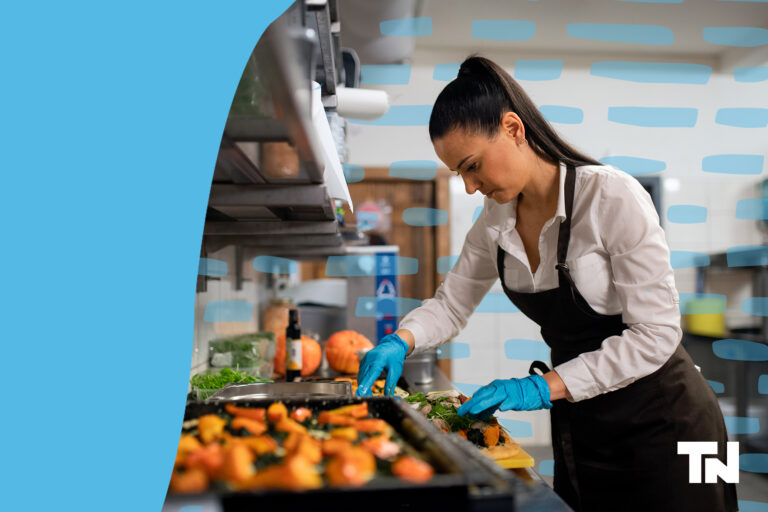During the pandemic, New York City-based Kindred — a restaurant and wine bar— rented out tables to remote workers for a flat rate during workdays. It’s not a new concept, really. For some time, Starbucks has had a “third place” philosophy.
Not sure what “third place” means? According to sociologist Ray Oldenburg’s original definition, a “third place” is a spot that “hosts the regular, voluntary, informal, and happily anticipated gatherings of individuals beyond the realms of home and work.” Starbucks went so far as to allow customers to take advantage of this third-place environment without making a purchase.
For coffee shops and other remote work-friendly food service establishments, the gamble is, do you follow the “honor system” of making a purchase in order to bring customers in the door this way? And does taking the chance it’ll drum up business actually make sense?
That may depend not just on your willingness, but also on the cost of real estate in the area you operate. In New York City, for example, every minute counts given the soaring rent, need for well-paying customers and desire to turn tables quickly. In small town America, though, a bit of lingering may matter less.
Either way, how quick-serve restaurants court customers has changed on account of the pandemic. As we inch closer and closer to pre-pandemic normalcy, it’s becoming clear some things have permanently changed. This may be one of them.
If you choose to give coworking a try at your restaurants, there are some steps you can take to ensure it makes sense.
Charge a coworking fee
With traffic patterns thrown for a loop and no one wanting to have folks linger for hours over a $5 cup of Joe — it’s hardly a sustainable business model, after all — there’s something to Kindred’s approach. That’s especially true if your restaurant doesn’t open until later in the day. Remember you define what you offer, and when.
Dedicate part of the dining room
If you opt to offer coworking table rentals, consider designating only a portion of your restaurant to it. If your restaurant is open during the hours it’s available, having dedicated tables automatically limits the number of coworking guests.
If you offer coworking during a time the restaurant is otherwise closed, designating a section of your dining room to it still makes sense. That way, the rest of your dining room remains clean and untouched.
Whatever your circumstance, you need to ensure there are enough outlets so patrons can stay powered up.
Offer a limited menu
Since food obviously is your bread and butter, offer a limited menu of snacks, sandwiches and drinks that turn a profit but require a minimal lift to prepare. You might even “bake” food and beverage into the co-working fee, using a package price as an enticement and promoting it on social media.
Update your website
You want people to find your coworking space when they search “coworking space near me,” so be sure to update your website to reflect that a remote work space is available.
Make it easy
If you choose to attract coworkers to your restaurant during slow times, odds are the number of staff will be limited, too. A good POS system lets your business take orders and payments online. In other words, prepayment for the scheduled space and even food can even be arranged — a fact that helps manage your inventory and ingredient ordering to prevent food waste.
Should you opt to offer a limited menu for remote-working guests to order from when they arrive, having a digital menu linked to ordering and payments lends ease. With a quick scan of a QSR code and a couple of taps on their personal device, the guest is good to go and your kitchen can get to work, minimal interaction required.
Want more tips on running your restaurant efficiently and profitably? Visit the Table Needs blog. Need advice? Our restaurant industry experts are here to help.
Follow us for tips, news, and tutorials to run a successful small restaurant.






